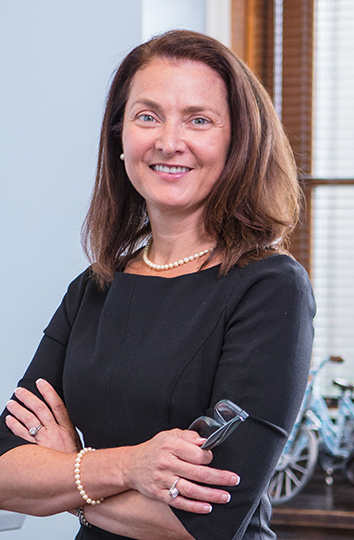Lori Esarey: Wellness is a practice, not just a word. Kelly Engelmann: Welcome to the Synergee Podcast, where myself, Kelly Englemann and Lori Esarey shed […]
Funtional Medicine Clinic
IMPORTANT! All information presented in this website is intended for informational purposes only and not for the purpose of rendering medical advice.
Statements made on this website have not been evaluated by the Food and Drug Administration. The information contained herein is not intended to diagnose, treat, cure or prevent any disease.
Statements made on this website have not been evaluated by the Food and Drug Administration. The information contained herein is not intended to diagnose, treat, cure or prevent any disease.
Enhanced Wellness Living
115 W Jackson Street, Suite 1E
Ridgeland Mississippi 39157
Phone: 601-364-1132
Ridgeland Mississippi 39157



